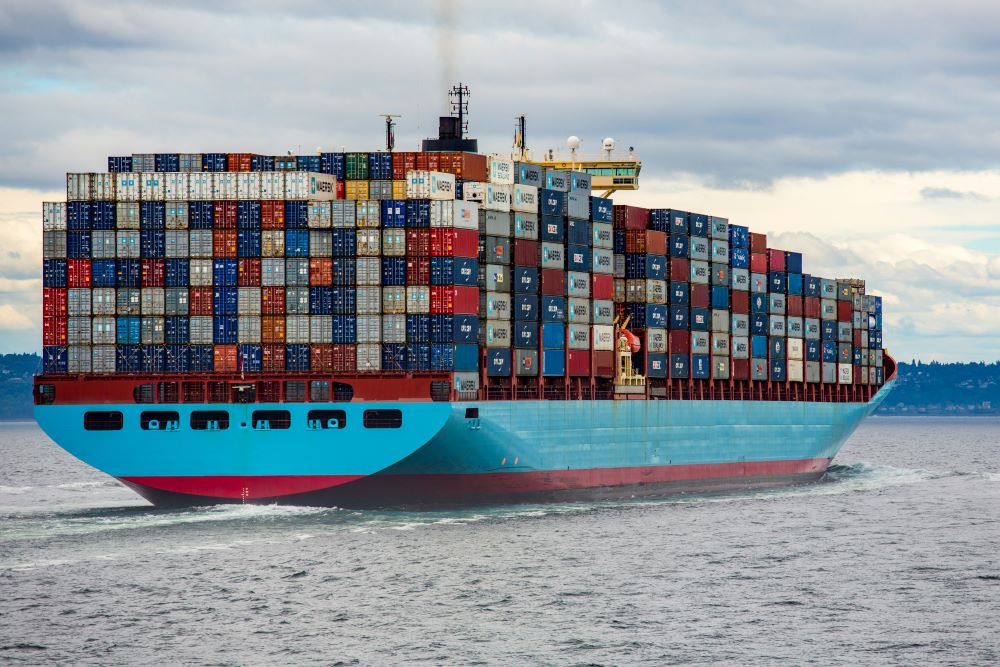“NetRom developers add a great deal of value thanks to the high quality of the code they write,” says de Gouw. “Of course, there’s also a cost advantage. In the Netherlands, there are hardly any good developers left and salaries are very high; in Romania, costs are lower.”
But that price advantage should not come at the expense of quality, De Gouw adds: “NetRom developers are highly educated, but also young. Therefore, they receive internal training from the start. Moreover, Frontliners has deliberately opted for a dedicated team. This provides plenty of room for building domain knowledge and stability. The NetRom developers, in turn, like to stay involved in the project because it is a very advanced and challenging solution they are working on – churn among employees is low.
Frontliners’ logistics jigsaw puzzle requires advanced software
- Cloud and microservices migration for enhanced flexibility and scalability.
- Streamlined parallel sprints for faster delivery and improved collaboration.
- High-quality code delivered with significant cost savings for growth.






